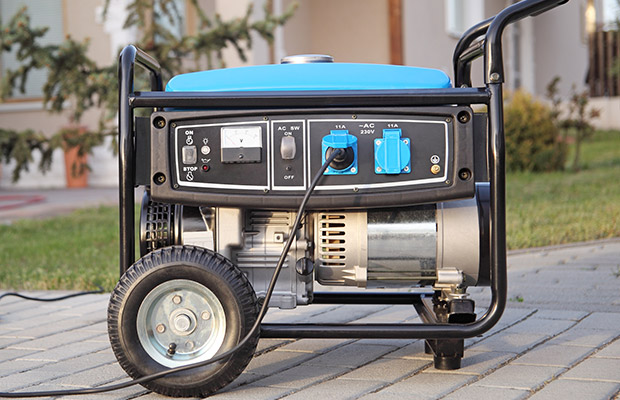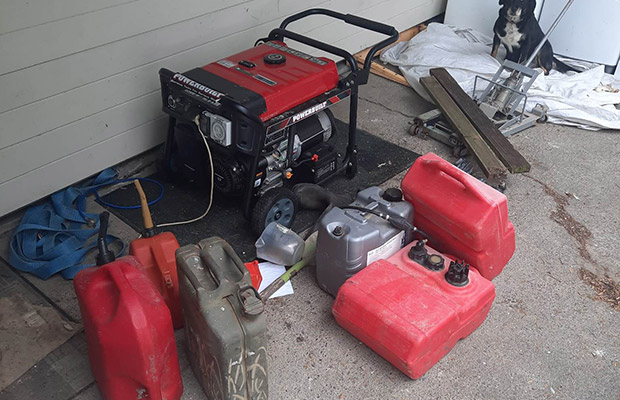Why a generator is the lifestyle block owner’s best friend

Running two hours in the morning and three hours at night, a generator literally saved this Esk Valley family’s bacon for four weeks without power.
Words: Michael Andrew
On February 13, Hawke’s Bay lifestyle farmer Simon Spice stocked his three chest freezers with 900kg of homekill: two sheep and three pigs. The following day, Cyclone Gabrielle struck, cutting the power off to his property. It wouldn’t come back on for over 28 days.
With the road into nearby Eskdale cut off by slips, Simon and his family were facing weeks of relying on intermittent emergency supplies and the loss of nearly a tonne of valuable meat.
Not knowing what to do, Simon rushed around the property trying to think of a solution. But then his son suddenly remembered something priceless – outside in the shed was a brand new Powerbuilt 10kVA generator.
Simon had completely forgotten about the machine, which had come into his possession just a month earlier through a stroke of providence.
“It was just bizarre timing,” Simon says. “I don’t know why we did it. My daughter-in-law’s parents had just bought one for their bach out on the coast. But it was too big and they’re in their 70s and they couldn’t lift it.
“I bought it off them for what they paid for it, and gave them a couple of sheep for the freezer. It only cost me $2,500 or something stupid. They went out and bought a new smaller one.”

Pulling the generator out of the shed, Simon and his son realised there was no oil in the machine and wandered around the farm in the pelting rain and wind looking for a can. They eventually found a bottle of diesel engine oil, a jerry can full of petrol from Simon’s boat, filled up the generator and fired it up. Running two hours in the morning and three hours at night, enough to keep most of the meat frozen, the machine literally saved their bacon for the next four weeks.
“We’ve never eaten so much meat,” he says. “There’s only so many homemade spicy sausages you can eat in a week. We’ve got three big chest freezers, a fridge-freezer in the house, and we can do the washing and we can run lights. The bedside lamps, phones and computer and fridge are plugged into a USB tower with power points on it, and an extension lead runs through the garage to the generator, and other leads running all over the bloody house for all the bits and pieces.
“It’s the one investment that kind of fell into our lap. I thank myself every day that I took that generator. Otherwise, it would have been a stinky mess.”
With storms cutting off power to vast areas of New Zealand over the last few months, many people have been desperately turning to other sources of electricity to keep their lights on, their food chilled, their water flowing and their stock healthy. As the most accessible and affordable technology to provide instant emergency power, portable generators have naturally seen an unprecedented spike in demand. But while generators appear to be basic machines with a simple function, there’s huge variation in the type and size of machine available, and people often encounter technical issues.
We take a deep dive into different types of generators and off-grid systems in this month’s issue of NZ Lifestyle Block, and learn what’s needed to choose the right one for your property. Subscribe to NZ Lifestyle Block to read the full story about these essential pieces of equipment.

